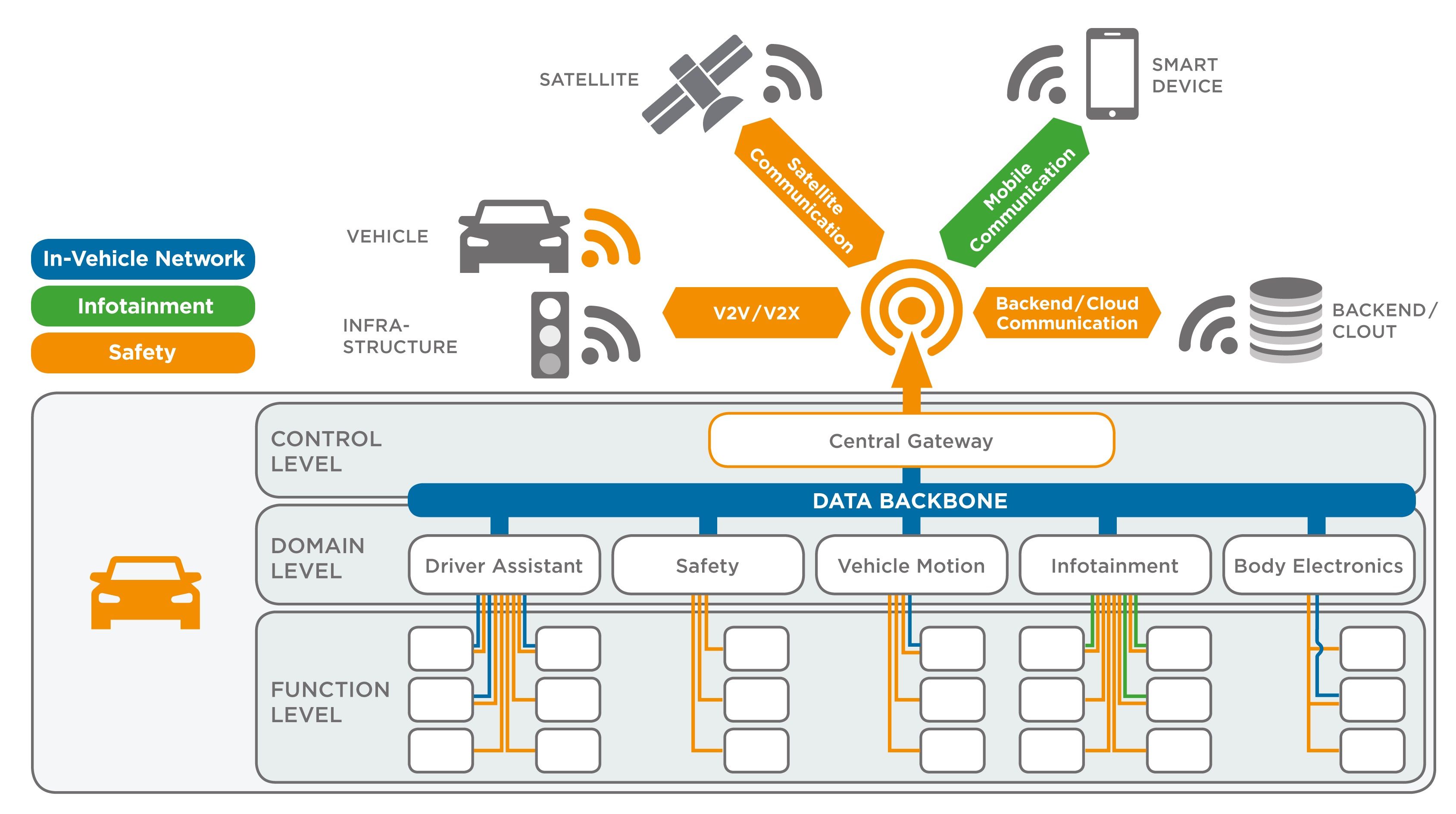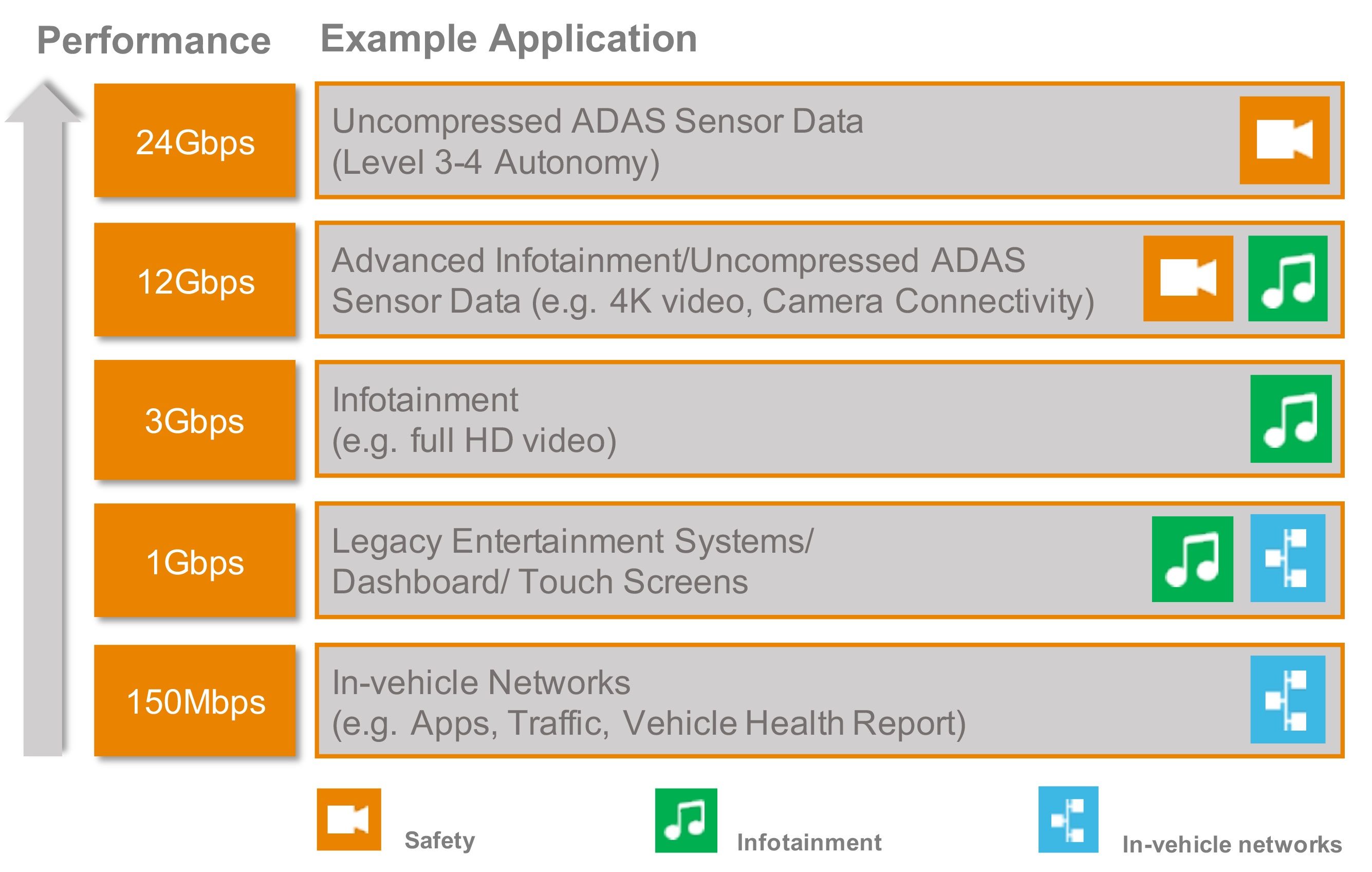6 Key Connectivity Requirements of Autonomous Driving
While the future of the automotive industry is still unwritten, here is what we know: Industry leaders will need to master connectivity to deliver the V2X (vehicle-to-everything) capabilities fully autonomous driving promises.
Autonomous driving is both an audacious visionary goal and a highly achievable feat of technical engineering. The race to launching the industry’s first fully autonomous car is accelerating, as technology companies like Apple and Waymo battle car companies Audi, Ford, Tesla, Renault, Waymo and ride sharing companies Lyft and Uber to overcome technical challenges and enable an entirely new way of driving that will surprise and delight users.
Who will win the race? And how will driverless cars transform society? While the future of the automotive industry is still unwritten, here is what we know: Industry leaders will need to master connectivity to deliver the V2X (vehicle-to-everything) capabilities fully autonomous driving promises. Here’s an overview of six key connectivity requirements to make that happen.
- Architectures Must Be Redundant and Real-time
Autonomous driving will increasingly demand more and more reliable network-based structures, requiring redundant, real-time architectures. These architectures will organize high performance clusters in functional domains and be connected via a central gateway in a high-speed data backbone structure. Group sensors and actuators will be organized hierarchically.

Functional domains for connected, autonomous vehicles with high speed in-vehicle networks.
- The Demand for High-Speed Data Will Only Increase
Driverless cars will have incredibly sophisticated systems, including high performance computers and an increasing number of advanced driver assistance system (ADAS) sensors, such as high-resolution stereo and/or mono cameras, RADAR, and LIDAR, as well as future human-machine interfaces (HMIs), such as large 4K/8K screens or head-up displays (HUDs).
These systems will generate vast amounts of data, which will require sophisticated electronic support, including high-speed data nodes, links, cables, and assemblies. The inside of the driverless car will literally be an information highway, and data streams will run in parallel or different directions. They’ll be managed in switched networks with sufficient margin to ensure the car’s safe operations.
Car manufacturers will be required to continuously increase bandwidths for both point-to-point data pipes and distributed network structures to meet new data demands. Level 5 cars will send 25 gigabytes of data to the cloud every hour.
TE Connectivity (TE) has developed gigabit-speed networks that enable global automotive OEMs to meet these connectivity requirements. TE helps automotive leaders achieve their goals, by providing connectivity solutions that overcome myriad mechanical, electrical, and software protocol and interface compatibility challenges.

- Safety and Other Applications Require External Connectivity
V2X communications must continuously capture and interpret complete data concerning the surrounding environment. Fully autonomous vehicles require all of this information to correctly execute actions such as braking or
accelerating without driver assistance.
V2X communications uses both sensor technology and radio-based communication. Car sensors help vehicle systems interact with their immediate surroundings. Radio systems enable vehicles to exchange information with other vehicles and with traffic infrastructure such as lights, signs and tolls. These surroundings actively communicate their state and changing conditions around them to the vehicle. Thus, a light communicates that it is about to change from red to green, a sign indicates that the next turn-off is five miles ahead, and a vehicle a lane over communicates that it is about to signal and turn right. All of these signals make driving safer. Information on driving conditions, such as icy roads ahead, traffic slowdowns, or tolls, can also enable vehicles to interpret data and make automated decisions, such as choosing another route.
Read more : https://spectrum.ieee.org/transportation/advanced-cars/6-key-connectivity-requirements-of-autonomous-driving


/http%3A%2F%2Fventurebeat.com%2Fwp-content%2Fuploads%2F2019%2F09%2Fwaymo-ipace-e1572290208222.jpg%3Fresize%3D1200%2C600%26strip%3Dall)
/http%3A%2F%2Fpbs.twimg.com%2Fmedia%2FEjKBVUUXYAE5MXW%3Fformat%3Djpg%26name%3Dsmall)
/http%3A%2F%2Fpbs.twimg.com%2Fcard_img%2F1303144707619532801%2F3-iTleij%3Fformat%3Djpg%26name%3Dsmall)
/http%3A%2F%2Fwww.autonomousvehicleinternational.com%2Fwp-content%2Fuploads%2F2020%2F08%2FFord-Michigan-Science-Center-1.jpg)
